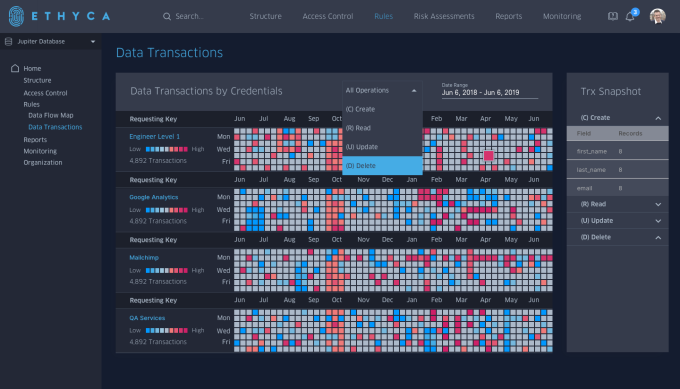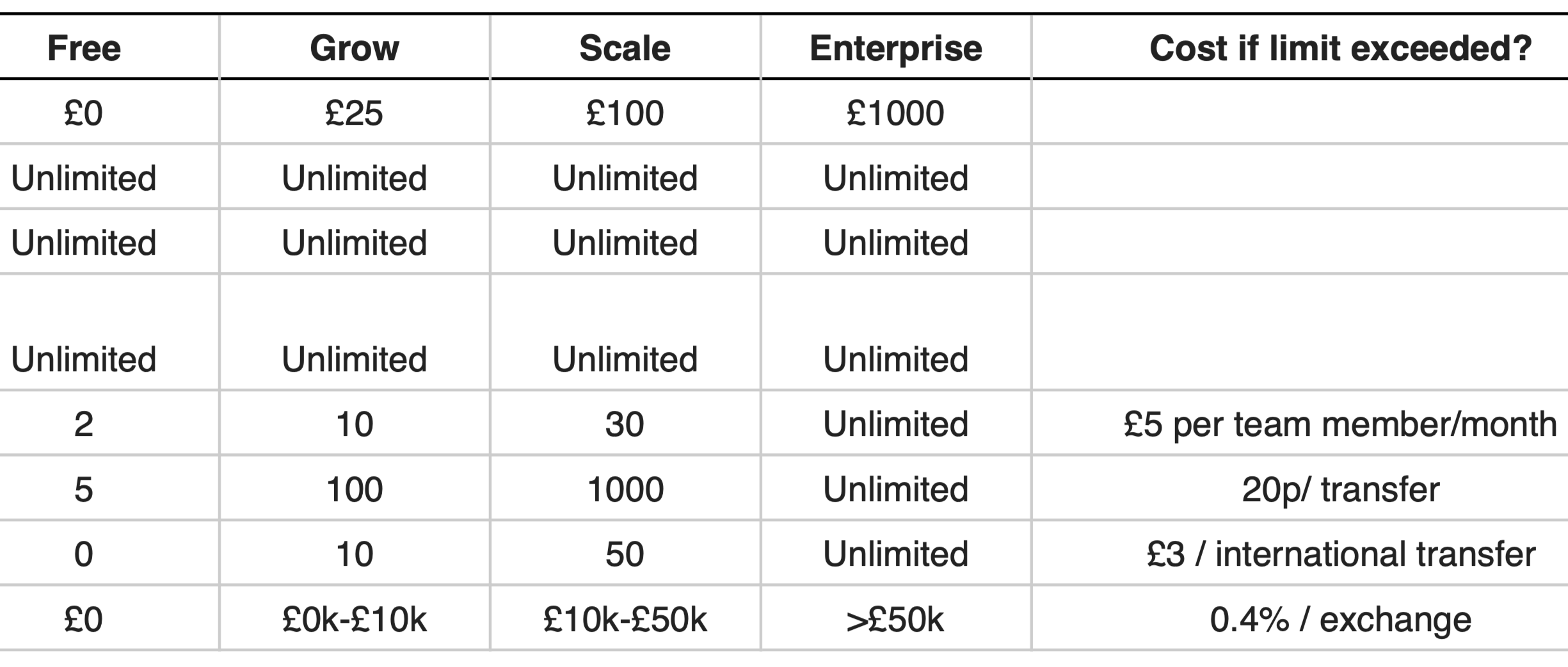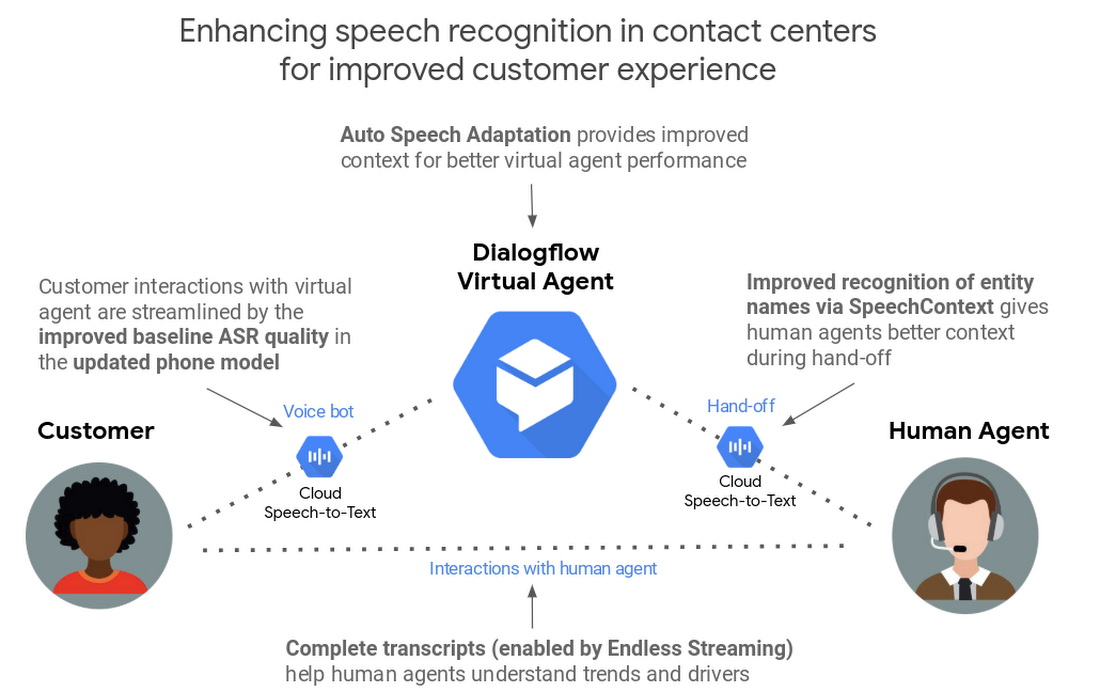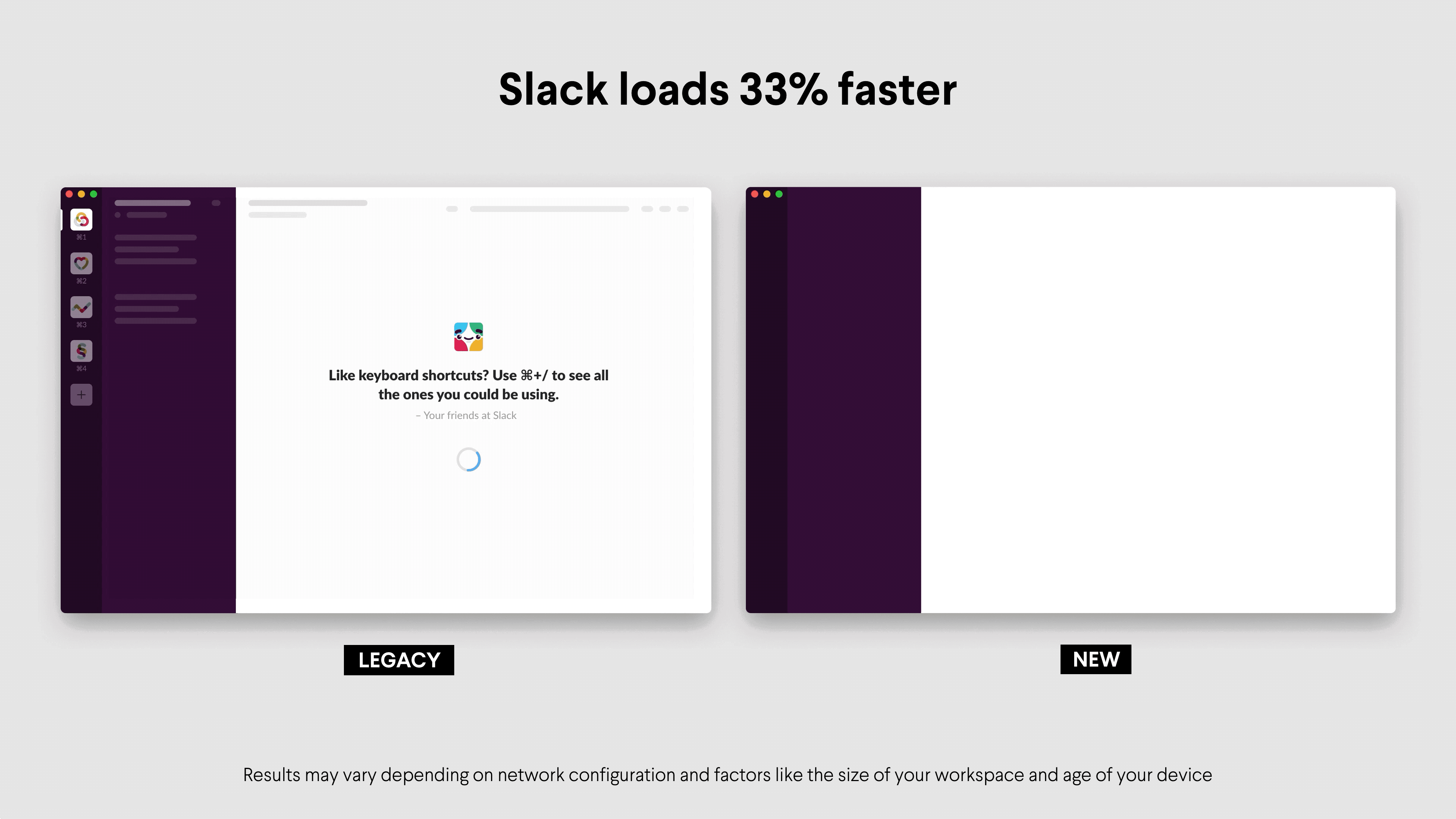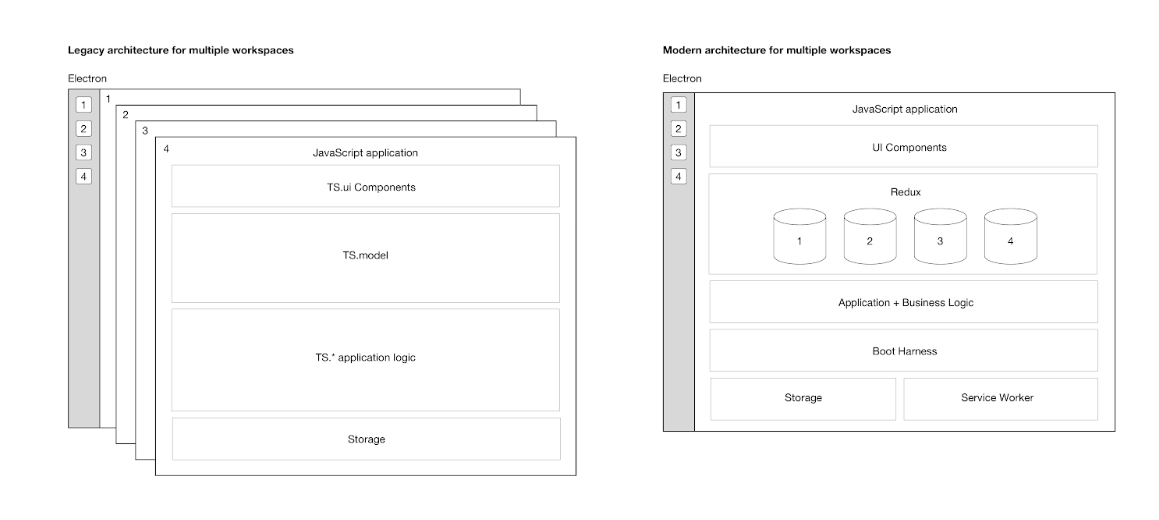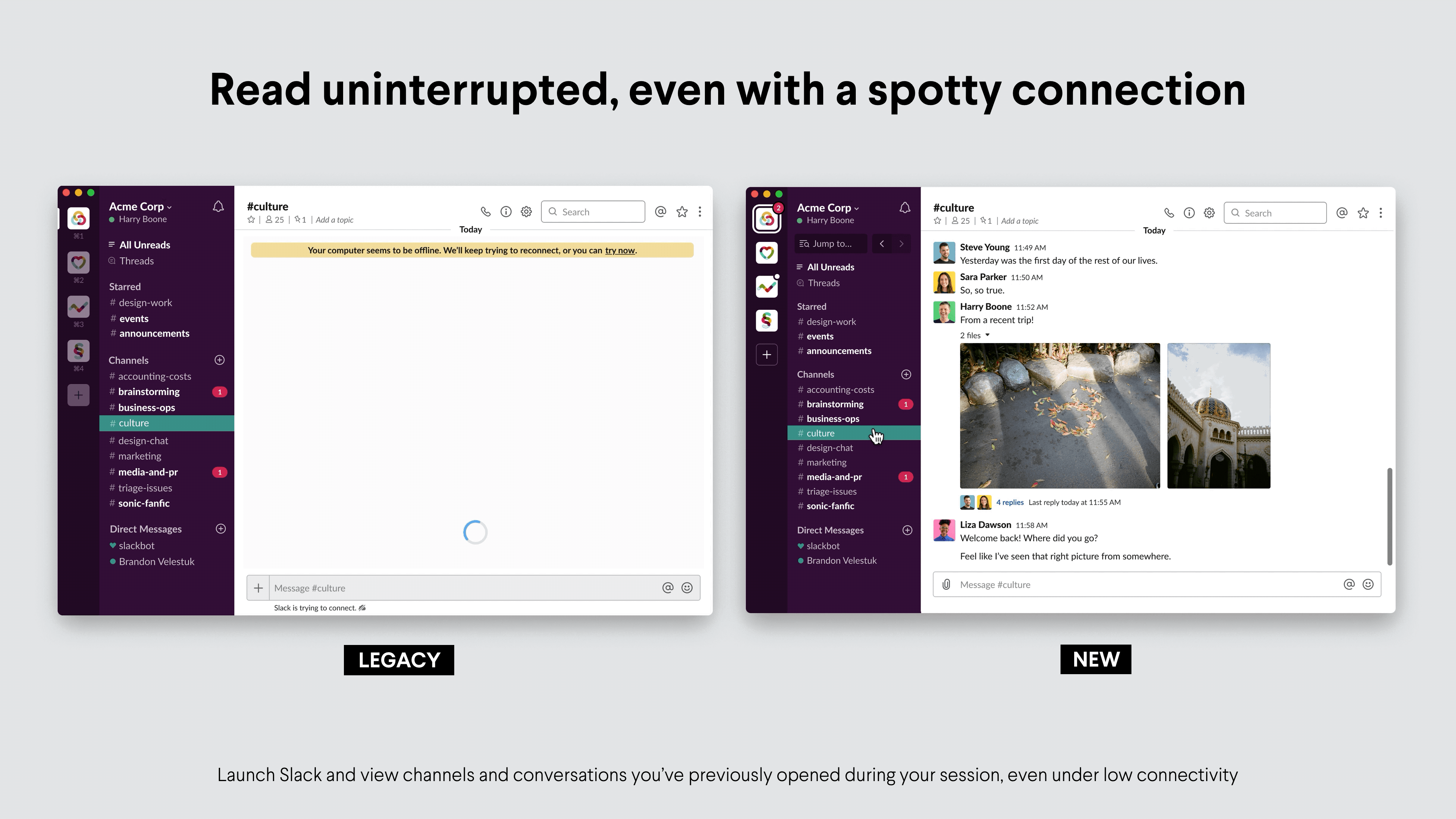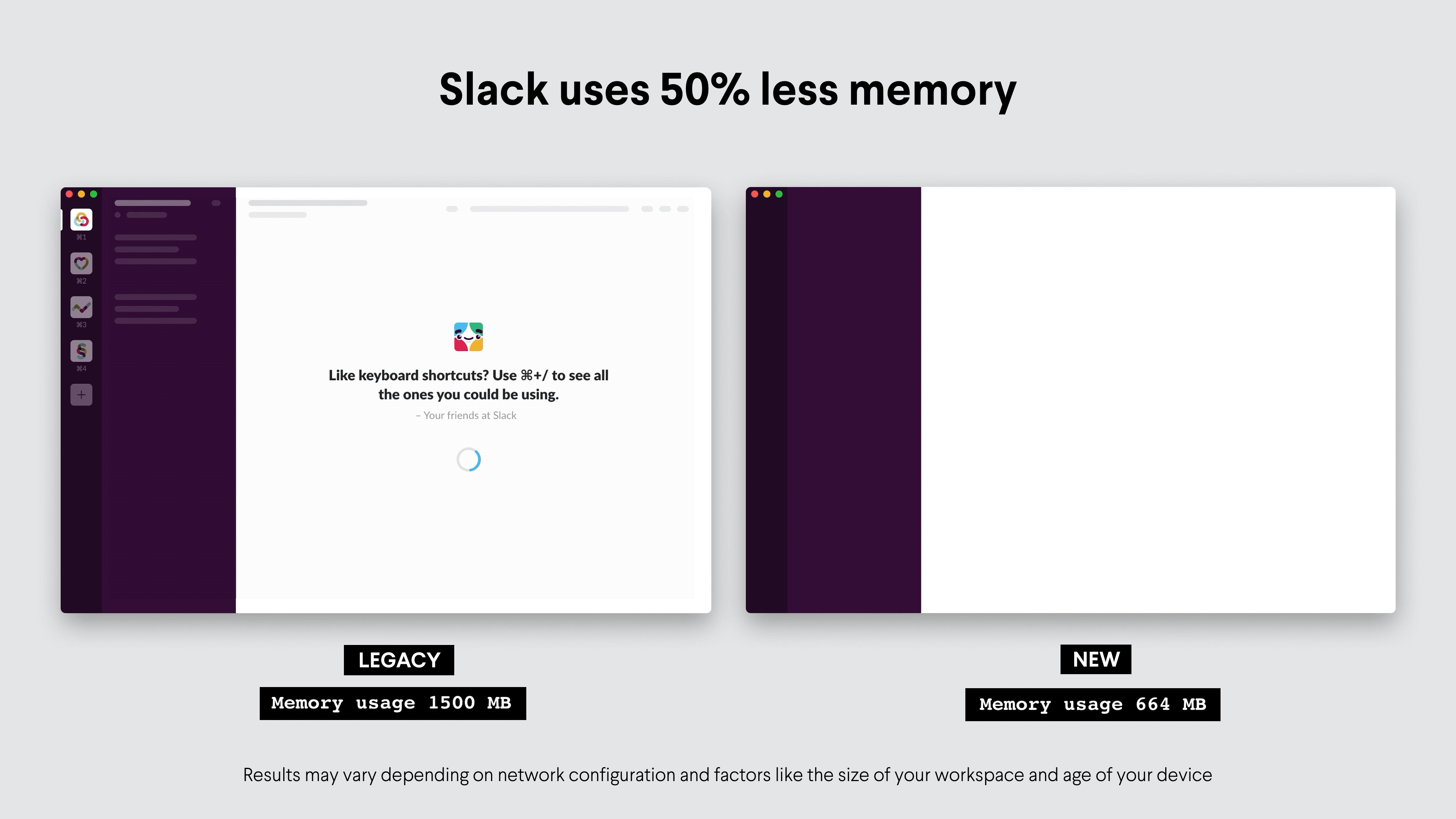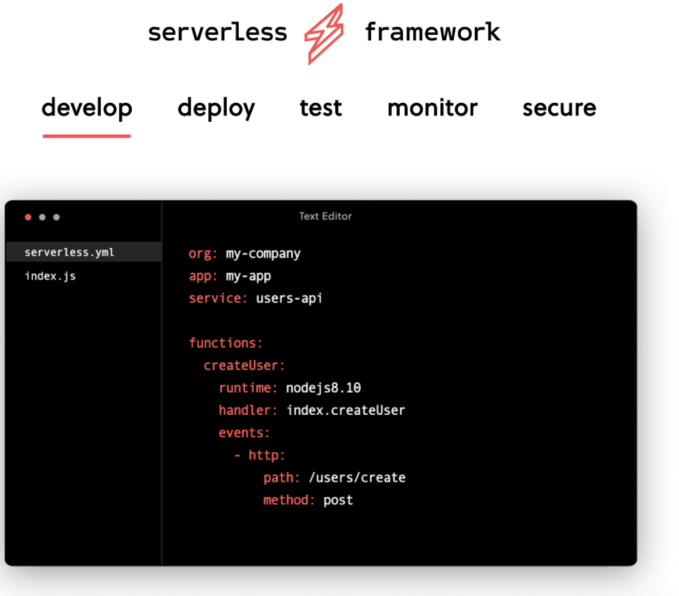Airbud raises $4 million to add a voice interface to your website
Amazon’s Alexa ushered in a new dawn of user interfaces, bringing voice into the mix as a viable option. Dozens of companies have sprouted because of this, not least of which being Airbud.io.
Airbud allows any company to add a voice interface to its website. The company just closed a $4 million round led by Hanaco Ventures, with participation from ERA and Spider Capital.
Airbud was co-founded by Israel Krush, Uri Valevski and Rom Cohen after the team saw the growth of voice interfaces and wondered how to capitalize on it.
By allowing companies to add voice/chat bot utility to their websites, Airbud hopes to increase retention of end-users on sites and give them easier access to the information they seek. Krush says that Airbud is focusing on websites that you have to be on, rather than the ones you want to be on.
That means Airbud clients are mostly in the healthcare space and travel space, helping end-users find a physician or book a flight using their voice.
Most importantly, Airbud operates on a plug and play system, meaning that clients don’t have to do the usual heavy lifting involved in creating a chat bot. Most of the time, folks who implement chatbots have to build a conversation tree. Airbud uses existing information scraped from the website, paired with an easy plug-and-play system for clients, to automatically build out a knowledge graph and have conversations with end-users.
Airbud charges based on the number of indexed pages and traffic to those pages.
The company plans to use the funding to increase the size of its team from seven to 15.
![]()

